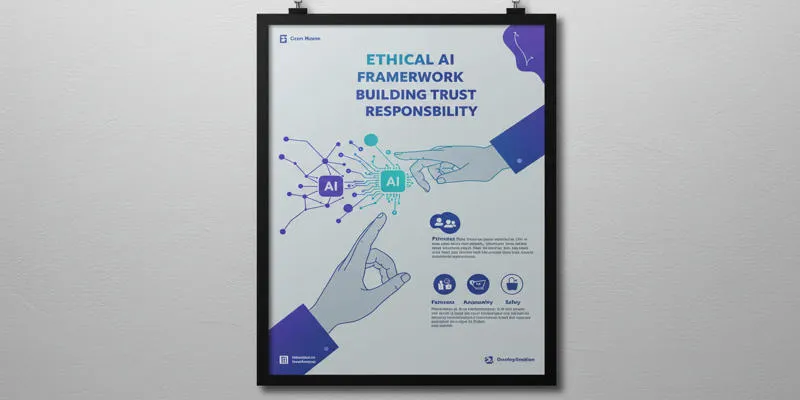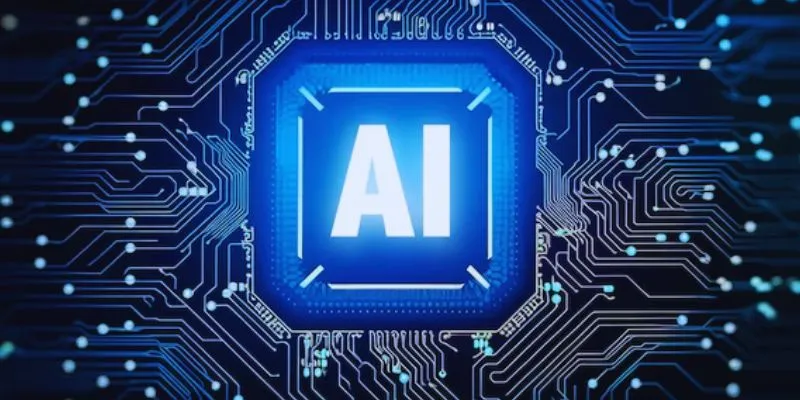TL;DR and Artificial Intelligence: Redefining Information Management
In an era where information overload is a common struggle, a new trend is emerging in artificial intelligence (AI). TL; DR— an acronym for “Too Long; Didn’t Read”— has evolved from internet shorthand to a significant player in AI. AI-driven TL;DR features are redefining how we work, read, and make decisions, transforming the way we manage and digest information.
TL;DR and Artificial Intelligence: A Brief Overview
At the intersection of AI and reading, TL;DR signifies automated text summarization. AI software condenses lengthy documents into concise, meaningful summaries, redefining how we process information. The two primary techniques used are extractive summarization and abstractive summarization.
Abstractive summarization takes the process a step further. It generates new text that reflects the original content while preserving its meaning. Achieving this requires a deeper model that can understand and replicate the purpose, tone, and structure of the written material.
These summarization models are built on transformer architectures, which power extensive language models. These models learn patterns over time, essential for identifying crucial elements of an article, unnecessary fluff, and weighty sentences.
Behind the Scenes of AI Text Summarization
AI reads differently from humans. It translates the text into data, evaluating the relationships between words and concepts. This vector-based approach helps the AI understand the significance of each sentence within the whole context.

Particularly for abstractive summarization, the system has to interpret meaning. It’s not merely condensing; it’s rewriting while aiming to stay true to the original intent. Some advanced systems can even tailor summaries for different formats—short blurbs for emails, detailed abstracts for academic work, or plain-language recaps for casual readers. The ultimate aim is not to replace thorough reading but to make essential parts more accessible.
Practical Applications of AI-Generated TL;DR
AI-generated TL;DR finds its value in practical applications. It aids teams in staying updated with long threads, reports, or documentation in office environments. Instead of going through every detail of a meeting summary or a product update, users get a paragraph that encapsulates what matters.
For researchers, students, journalists, customer service agents, doctors, software developers, and even everyday users, AI-powered TL;DR tools facilitate quick understanding of comprehensive information. With the increasing ubiquity of content and the scarcity of time, text summarization in AI is becoming common across industries and platforms.
Potential Risks and Limitations of AI Summaries

Despite its usefulness, AI summarization is not without flaws. Risks include distortion, lack of trust, bias, technical limitations, and privacy concerns. Summaries that leave out something critical or misrepresent the original tone can distort the meaning, especially in sensitive fields like law, healthcare, or science.
Moreover, users often don’t understand how these tools generate summaries. Without transparency, it’s hard to verify the AI’s accuracy. Additionally, if the data the AI trained on leans a certain way, that bias can creep into what it considers “important.”
Despite these potential risks, with careful use and continued development, TL;DR powered by AI can enrich our understanding without the need to read everything.
Conclusion
TL;DR in AI is more than a shortcut—it’s becoming a fundamental feature of information management. As the volume of long-form content grows, TL;DR tools powered by AI are helping us cut through the noise without losing the signal. They reduce reading load, expedite decisions, and enhance clarity. However, they are tools, not substitutes for understanding. With care and continuous development, they can be both beneficial and responsible.
 zfn9
zfn9






















